Finding the right mat for gymnastic purposes is crucial for ensuring safety and maximizing training effectiveness. This guide will walk you through everything you need to know about selecting the best mat for gymnastic activities, from key features to different types suitable for various skill levels. Whether you’re a novice or a seasoned gymnast, you’ll discover options that meet your specific needs.
Key Takeaways
-
Selecting the right gymnastics mat involves considering durability, shock absorption, and versatility, which are crucial for gymnasts of all skill levels.
-
Different types of gymnastics mats, including folding, panel, and incline mats, cater to the specific training needs and preferences of gymnasts, ensuring safety and effectiveness in practice.
-
Regular maintenance and proper selection of mats based on skill level are essential for maximizing safety and performance during gymnastics training.
Key Features of Gymnastics Mats

When selecting a gymnastics mat, several key features should be considered to ensure it meets the diverse needs of gymnasts at different skill levels. One of the foremost considerations is durability. Advanced gymnastics mats emphasize superior durability and stability, designed to withstand the high-impact landings during complex routines and intense training sessions. These mats are typically constructed from high-quality foam encased in durable vinyl, which not only provides the necessary resilience but also makes them easy to clean and maintain.
Shock absorption is another critical feature, particularly for beginners. Thicker mats are designed to offer enhanced impact absorption, significantly reducing the risk of injury during practice. This is especially important for young or novice gymnasts who are still mastering the basics and need that extra cushioning to build confidence. Many of these mats feature waterproof properties, making them suitable for both indoor and outdoor use without the risk of water damage.
The versatility and user-friendliness of a gymnastics mat should not be overlooked. Mats intended for various activities, including gymnastics, cheerleading, and martial arts, need to be easily portable and simple to set up. Features such as hook and loop closures for quick connection to other mats can transform a single mat into a larger practice area, catering to different training needs.
These considerations ensure that gymnasts can practice safely and effectively, regardless of their skill level or training environment.
Types of Gymnastics Mats

Gymnastics mats come in various types, each designed to cater to specific training needs and preferences. Understanding these different types can help you select the perfect mat for your practice. The main categories include folding mats, panel mats, and incline mats. Each type offers unique benefits and is tailored to different aspects of gymnastics training.
Let’s explore these types in more detail to understand their specific uses and advantages.
Folding Mats
Folding mats are a versatile choice for many gymnastics activities. They offer the benefits of durability and shock absorption, making them ideal for creating safe gym spaces. These mats are particularly favored for their ease of storage and transport, as they can be neatly folded when not in use. Tumbl Trak folding tumbling mats, for example, are known for their high quality and are suitable for a wide range of activities, including gymnastics, cheerleading, dance, martial arts, and more.
Typically, a Folding mat comes in dimensions of around 4x6 feet and is made of durable materials like gray vinyl on the underside to provide a sturdy surface. Some mats also feature hook and loop closures on two short sides, allowing them to be easily connected to other mats for a larger practice area. This versatility makes folding mats a popular choice for both home and gym use.
Panel Mats
Panel mats are another excellent option for gymnastics practice, known for their durability and versatility. These mats consist of a foam core covered with durable vinyl, enhancing both safety and longevity. They come in various thicknesses, typically ranging from 1-3/8 inches to 2-1/2 inches, depending on the intended use. This variability allows gymnasts to choose mats that best suit their training needs.
One of the standout features of panel mats is their ability to connect multiple sections to create a larger surface area. This modular design means they can be arranged in various configurations, making them highly versatile for different exercises. The Build-a-Mat concept, for instance, allows users to assemble a unique tumbling mat layout by connecting different panels, providing a customized practice space.
Incline Mats
Incline mats, often referred to as wedge mats, are specifically designed to aid beginner gymnasts in learning new skills. These mats feature a sloped surface that provides a safe angle for practicing rolls, jumps, and handsprings. The triangular shape of incline mats offers a gentle slope, making it easier for beginners to acquire new skills with confidence and safety.
These mats are available in various dimensions and typically have a soft surface that cushions falls while supporting skill development. Incline mats are particularly beneficial for early gymnastics skills like forward rolls, helping to build a solid foundation for more advanced techniques. Their design ensures that beginners can practice fundamental movements in a controlled and safe environment.
Choosing the Right Mat for Different Skill Levels

Selecting the right gymnastics mat is crucial for ensuring safety and effective training. The appropriate mat depends on the gymnast’s skill level, with different mats designed specifically for beginners, intermediates, and advanced athletes.
Understanding these distinctions will help you make an informed choice that caters to the unique needs of each skill level.
Beginner Gymnast
For beginner gymnasts, mats need to be thicker to provide greater shock absorption and safety during practice. These mats should offer enough cushioning to absorb impact and provide a safe landing for basic movements like rolls and cartwheels. This enhanced shock absorption is crucial for minimizing the risk of injuries and building confidence as gymnasts learn new skills.
Some beginner mats also come with carpet surfaces, which allow for added Velcro manipulatives to aid in skill teaching. This feature is particularly useful for young gymnasts as it provides a tactile surface that can help them learn and practice new maneuvers safely and effectively.
Overall, the right mat for beginners will foster a safe and encouraging training environment.
Intermediate Gymnast
Intermediate gymnasts require mats that balance firmness and cushioning to support their developing skills. These mats should provide stability for executing more complex motions while still offering adequate support to minimize the risk of injury. The right mat for intermediate gymnasts will accommodate their evolving skills, allowing them to practice with confidence and precision.
Mats designed for intermediate gymnasts are ideal for supporting the transition from basic to more advanced techniques. They offer the necessary firmness to ensure stability during practice while still providing enough cushioning to absorb impact. This balance is crucial for gymnasts as they refine their skills and work towards mastering more challenging routines.
Advanced Gymnast
Advanced gymnasts need mats with superior durability to withstand intense training sessions and repeated use. These mats are typically made with high-quality foam materials that provide excellent cushioning while maintaining the necessary firmness for advanced skills. The ideal mat for advanced gymnasts offers balanced support and cushioning, enabling them to execute complex moves safely and effectively.
Using the right mats can enhance performance by providing the necessary support and minimizing the risk of injury during training. Coaches and athletes alike will appreciate the combination of durability and performance that these mats offer, making them an essential part of any advanced gymnast’s training regimen.
Customization Options for Gymnastics Mats

Gymnastics mats come with various customization options, allowing users to tailor them to their specific needs. Sizes can be customized, with options typically starting from 2 feet in width, ensuring a perfect fit for any practice space. Panel mats, in particular, offer flexibility in layout, as they can be connected in different configurations to create a unique practice area.
Color customization is another popular option, with mats available in multiple colors to match personal or school themes for kids. Additionally, features like Velcro tabs at both ends can facilitate various arrangements and configurations, making it easy to create a larger practice surface.
Some mats also include carpet tops, which offer improved traction for routines performed on them. These customization options ensure that every gymnast can have a mat that meets their specific training needs and preferences, including additional mats.
Additional Equipment to Complement Your Gymnastics Mat

In addition to gymnastics mats, there are several pieces of equipment that can complement your training setup. Items like balance beams and wall padding enhance the safety and effectiveness of practice sessions.
These additional tools can help gymnasts improve their skills and create a more comprehensive training environment.
Balance Beams
Balance beams are essential tools for enhancing gymnasts’ balance and coordination skills. Foam balance beams provide a safer environment for practicing techniques such as walking, jumping, and performing routines, making them suitable for individuals of all ages, including those in rehabilitation. These beams help gymnasts improve their stability and coordination in a controlled environment, fostering self-confidence as they learn to master challenging skills.
Using balance beams can boost self-confidence, concentration, stability, and physical agility. Training on foam balance beams provides a safe and stable platform for gymnasts to practice essential skills, enhancing their overall performance and safety. Whether for young beginners or more experienced athletes, balance beams are a valuable addition to any gymnastics training setup.
Wall Padding
Wall padding is vital for creating a safe practice environment in gymnastics. It provides cushioning and shock absorption, significantly reducing the risk of injuries during high-impact training. The presence of wall padding allows gymnasts to practice with confidence, knowing they are protected from potential collisions with hard surfaces.
In addition to preventing injuries, wall padding enhances the overall training experience, enabling gymnasts to focus on perfecting their skills without fear of injury. Proper wall padding is crucial for minimizing risks during demanding maneuvers, making it an essential component of a well-equipped training facility.
Caring for Your Gymnastics Mat
Regular care and maintenance are essential for ensuring the longevity and hygiene of gymnastics mats. To keep your mats in top condition, it’s important to clean them regularly to remove dirt and sweat. Vinyl-covered mats can be swept to remove debris before applying a suitable cleaner. A diluted cleaner, such as Simple Green D Pro 3, is effective but should be used lightly to avoid saturating the mats.
When cleaning, using a microfiber mop or cloth is recommended to prevent damage, as abrasive materials should be avoided. It’s also crucial to let the mats dry thoroughly to prevent moisture from seeping into the foam, which could lead to mold growth.
For quick clean-ups, damp anti-bacterial wipes can be used to sanitize the mats without excessive moisture. Proper care will ensure that your gymnastics mats remain safe and durable for years to come.
Safety Considerations
Safety is paramount in gymnastics, and selecting the correct mat based on a gymnast’s skill level is crucial for ensuring safe and effective training. Appropriate mat selection helps reduce the risk of injury by providing the necessary support and cushioning for different activities. Additionally, regular inspections should be conducted to identify any damage or wear that could compromise safety.
It’s also important to understand the limitations and functionalities of gymnastics mats to ensure they are used correctly. Proper instructions and spotting should always accompany mat use to maximize safety during practice.
Installing wall padding is another critical safety measure, providing a cushioning barrier that minimizes the risk of injury from collisions during high-impact maneuvers. These practices help create a safe and supportive training environment for all gymnasts.
Shipping and Delivery
When ordering gymnastics mats, it’s important to consider the shipping and delivery options available. Customers can choose between ground delivery for smaller orders or freight delivery for larger, heavier shipments. Ground delivery is often less expensive and does not require the customer to be present for acceptance, making it a convenient choice for smaller items.
Freight delivery, on the other hand, is suitable for large items and requires the customer to be present to accept and inspect the shipment. Deliveries to urban areas typically incur lower shipping costs compared to rural locations due to logistical factors. Understanding these options will help you plan and manage the delivery of your gymnastics equipment effectively.
Summary
Choosing the right gymnastics mat is essential for ensuring safety, performance, and longevity in training. From understanding the key features such as durability and shock absorption to exploring the different types of mats like folding, panel, and incline mats, each aspect plays a crucial role in enhancing the training experience. It’s important to select mats that cater to the gymnast’s skill level—beginner, intermediate, or advanced—to provide the appropriate support and cushioning needed for safe practice.
Customization options and additional equipment like balance beams and wall padding further enhance the training environment by offering tailored solutions and added safety measures. Proper care and regular maintenance of gymnastics mats ensure they remain in good condition, providing a safe practice surface for years to come. By considering all these factors, gymnasts, parents, and coaches can create an optimal training space that supports skill development and minimizes the risk of injury.
Frequently Asked Questions
What are the key features to look for in a gymnastics mat?
When selecting a gymnastics mat, it is essential to prioritize durability, shock absorption, ease of cleaning, and waterproof properties. These features will ensure the mat withstands rigorous training while providing reliable support.
What types of gymnastics mats are available?
There are several types of gymnastics mats available, including folding mats, panel mats, and incline mats, each tailored for specific training needs and skill levels. Choosing the right type is essential for effective practice and safety.
How do I choose the right mat for a beginner gymnast?
To ensure safety and boost confidence in a beginner gymnast, select thicker mats with high shock absorption, as they offer essential cushioning to minimize injury risk during skill development.
What additional equipment can complement a gymnastics mat?
Balance beams and wall padding are ideal complements to a gymnastics mat, as they enhance stability and coordination while ensuring a safer practice environment by cushioning impacts.
How should I care for my gymnastics mat?
To ensure the longevity of your gymnastics mat, clean it regularly with an appropriate cleaner using a microfiber mop or cloth, and allow it to dry thoroughly to prevent mold growth. Quick clean-ups can also be performed with damp anti-bacterial wipes.





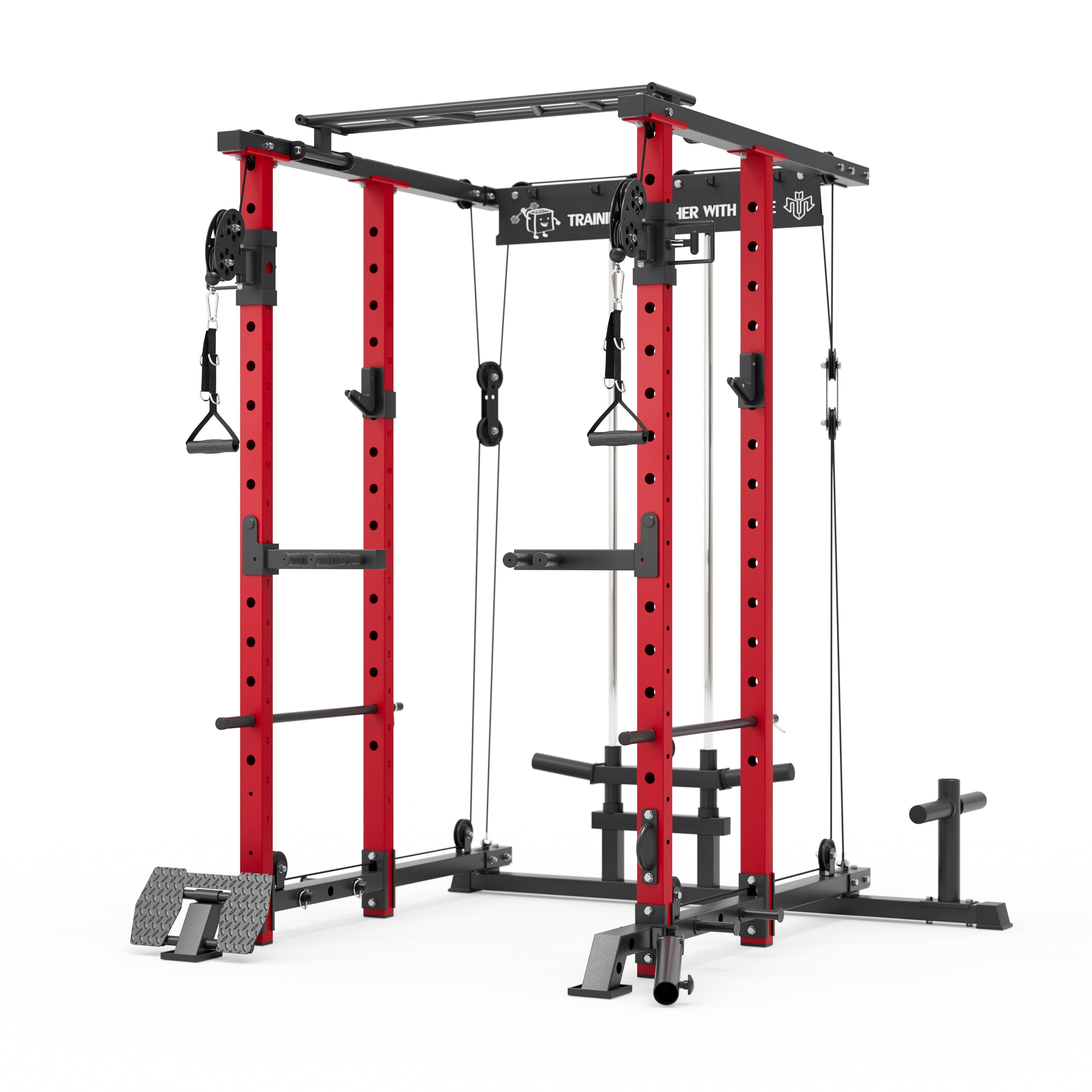
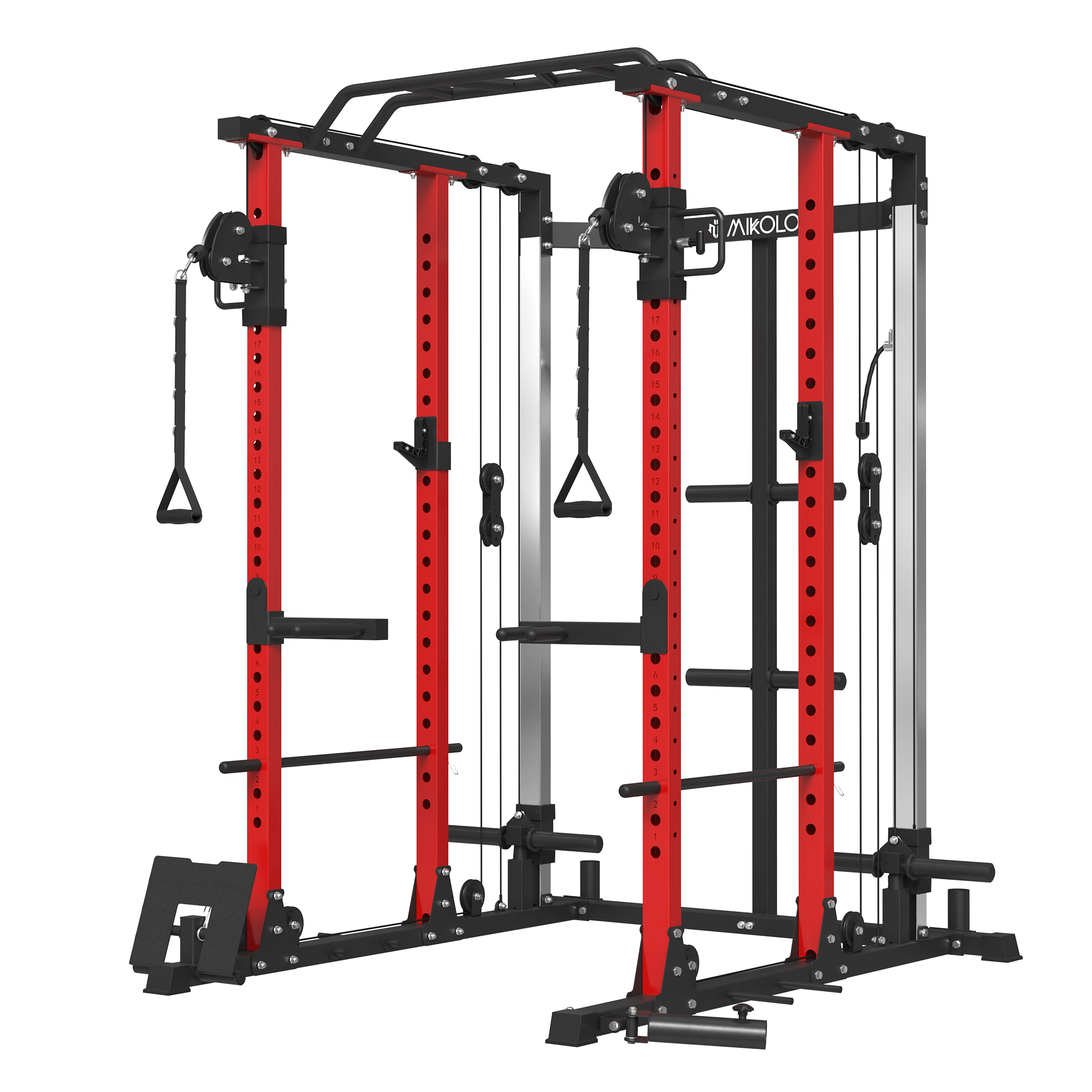

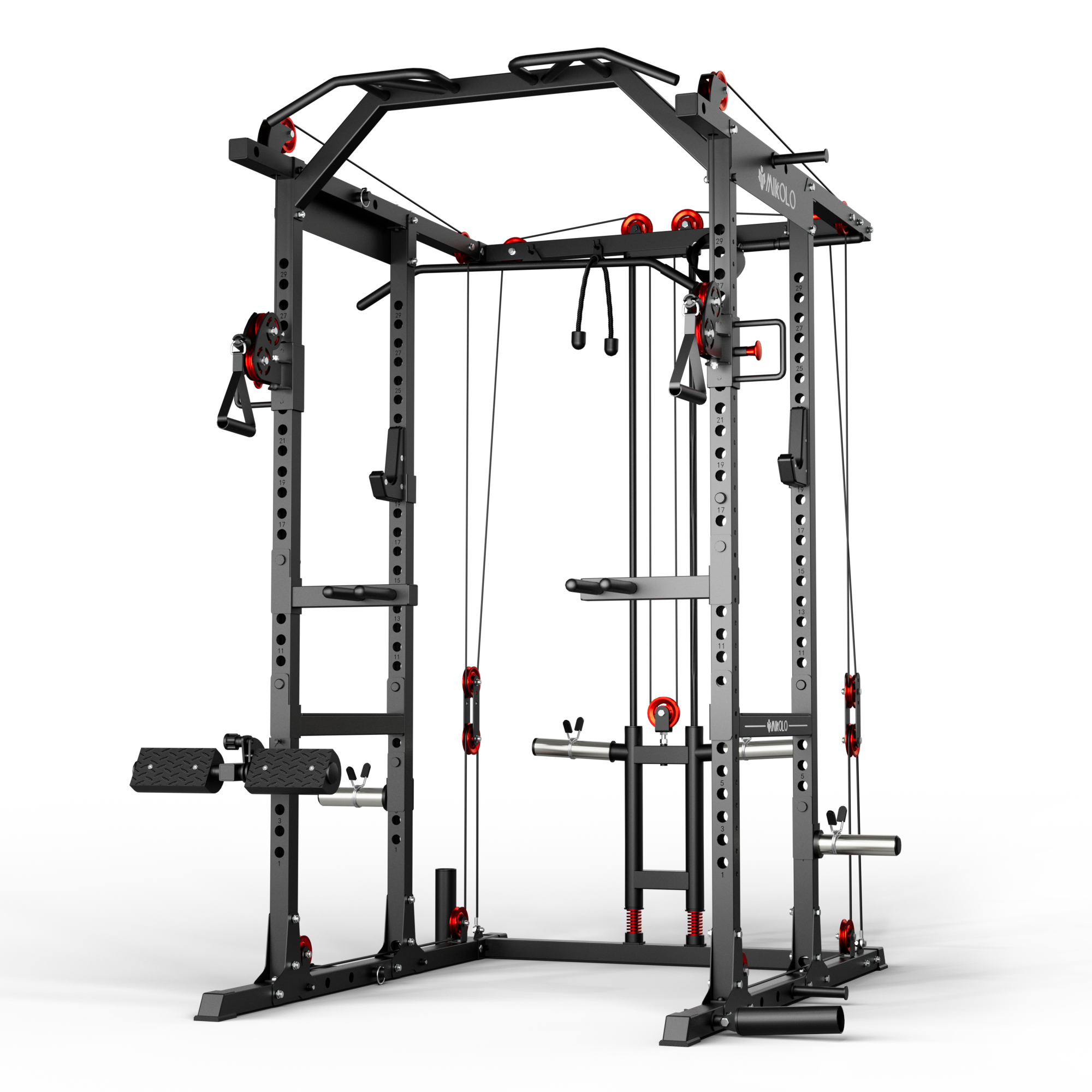
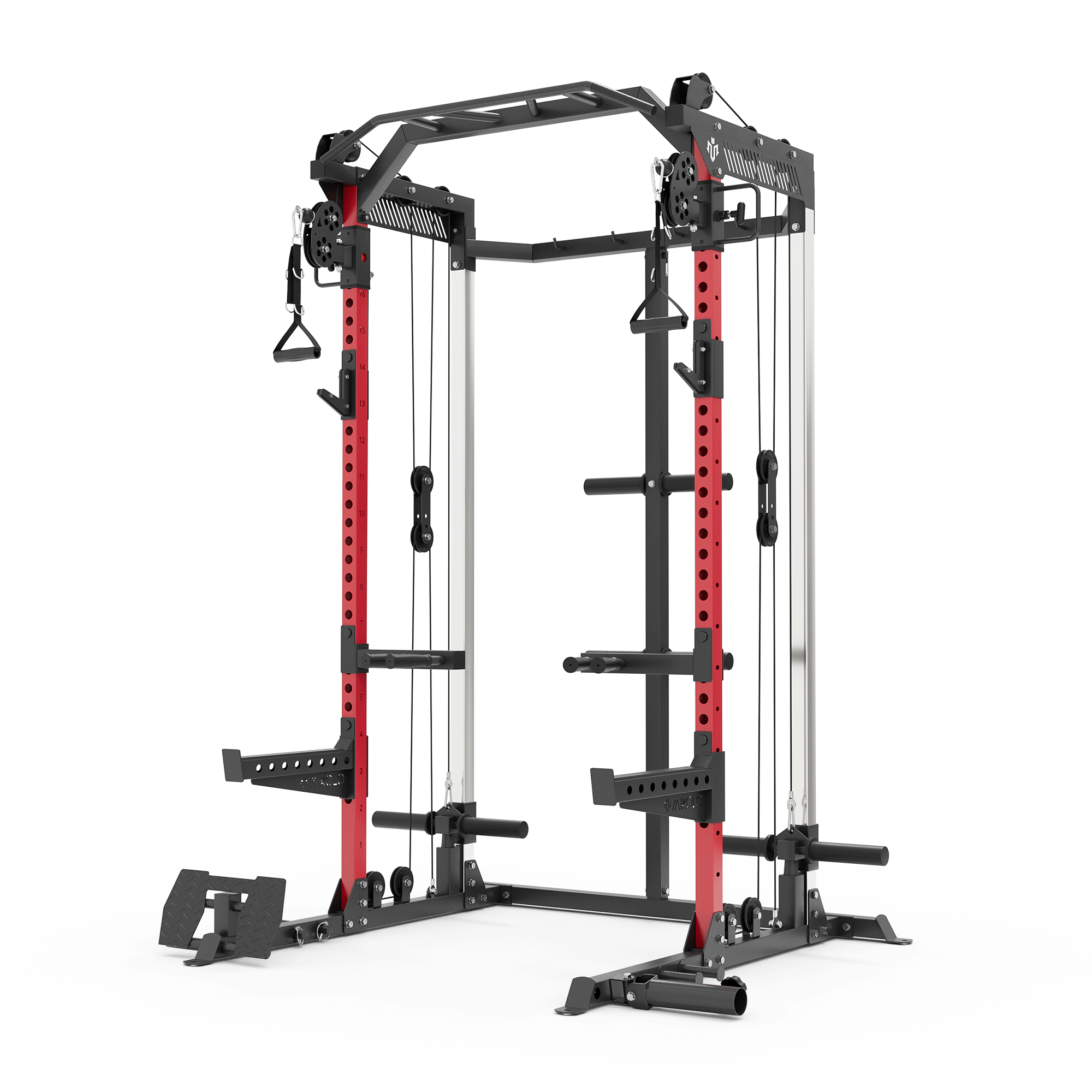
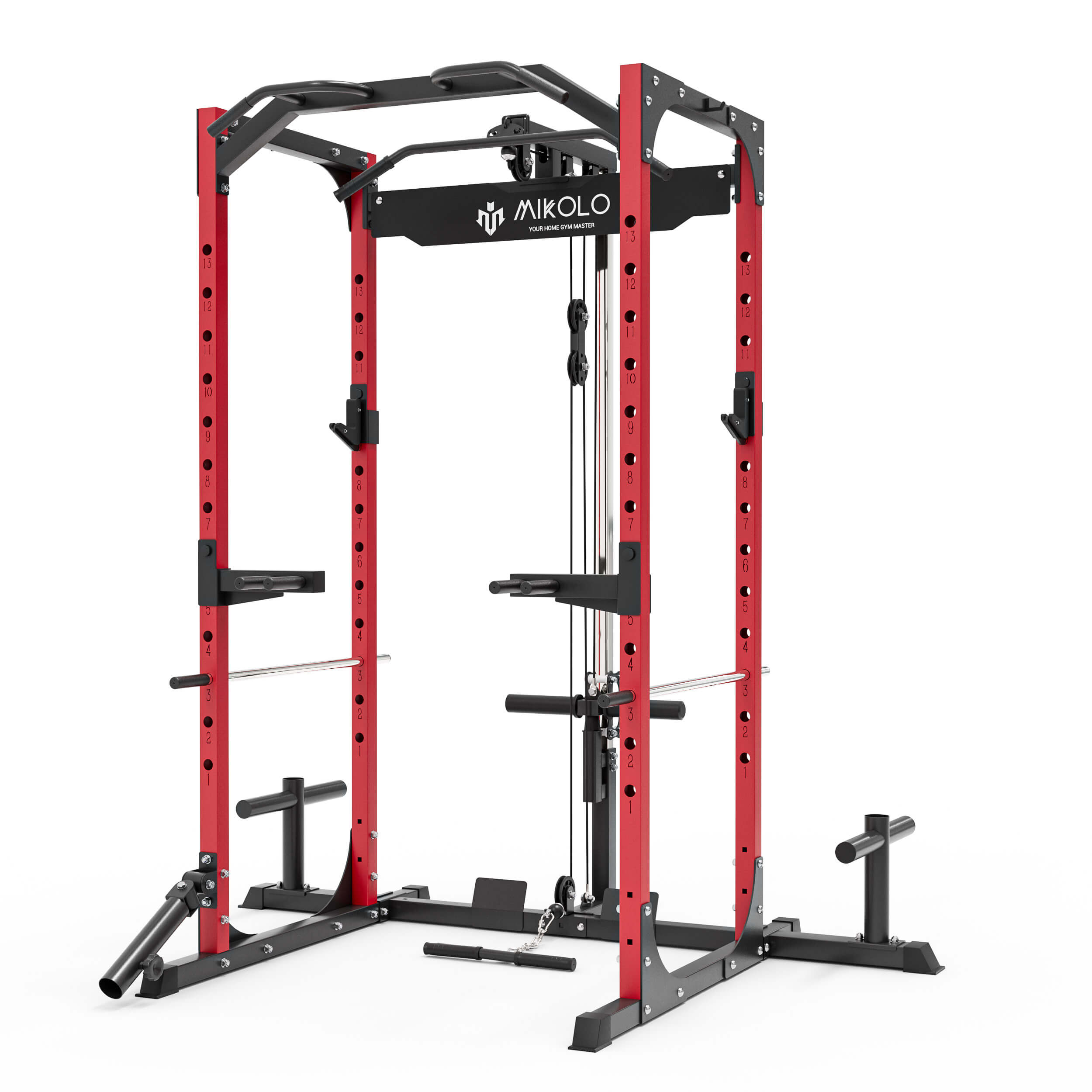




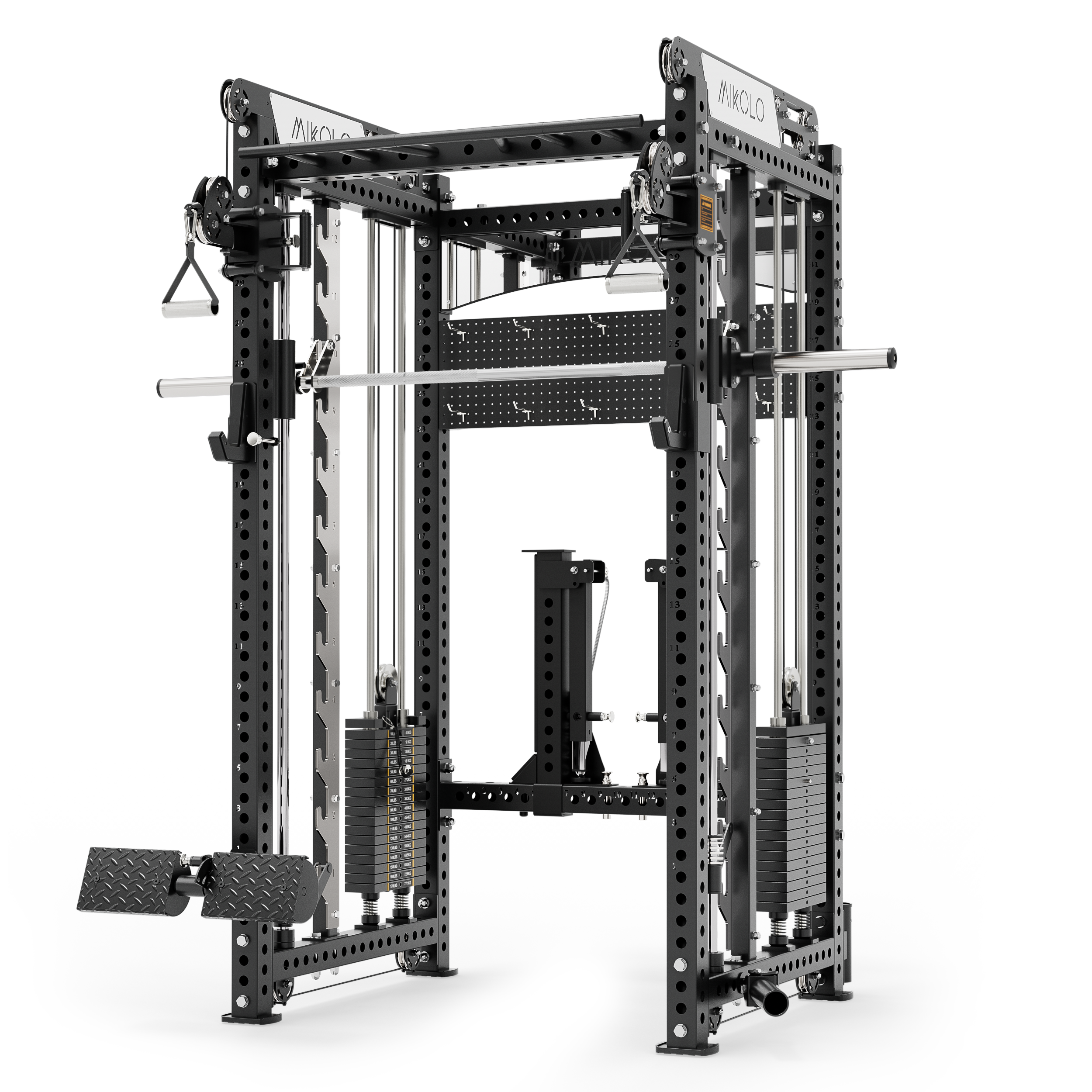
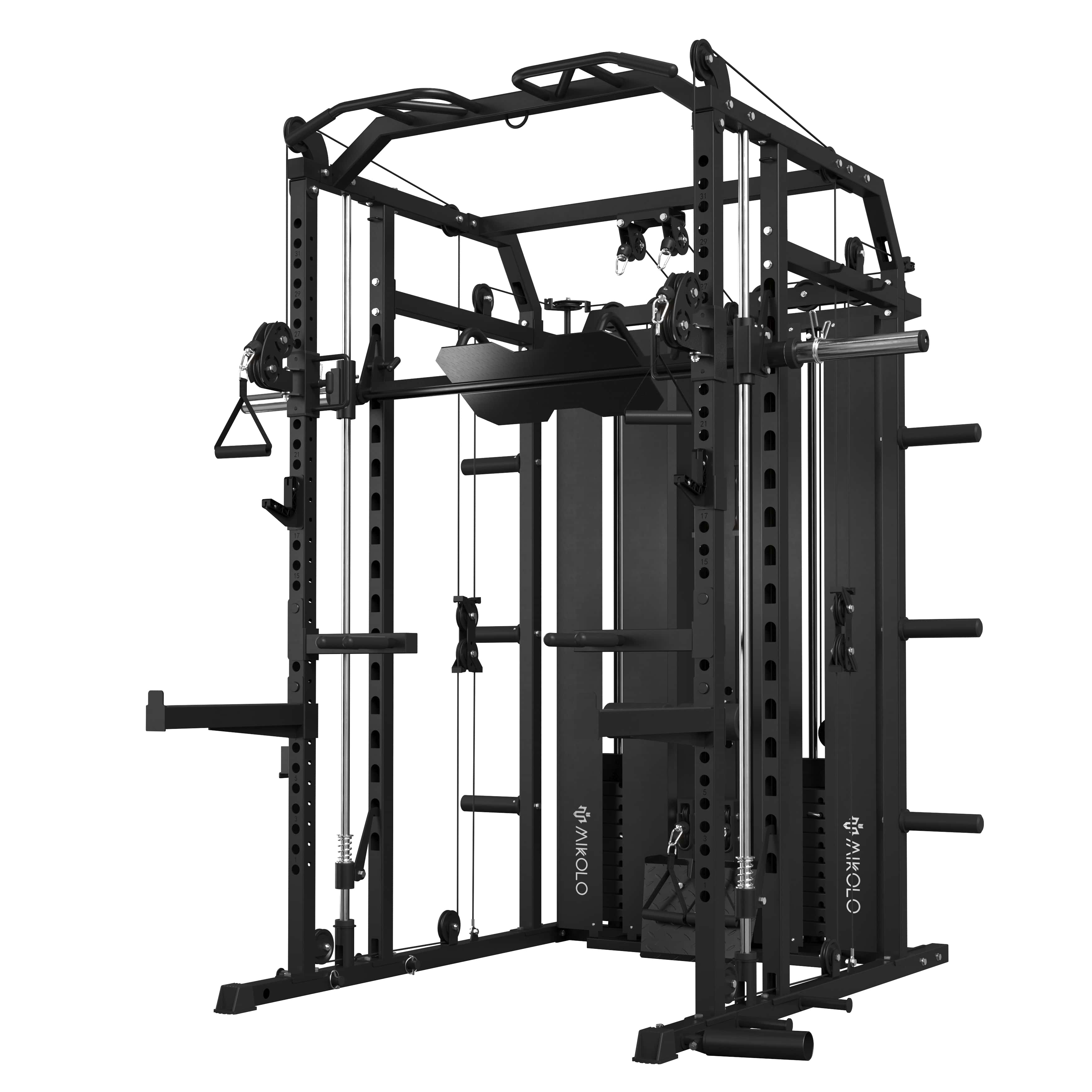
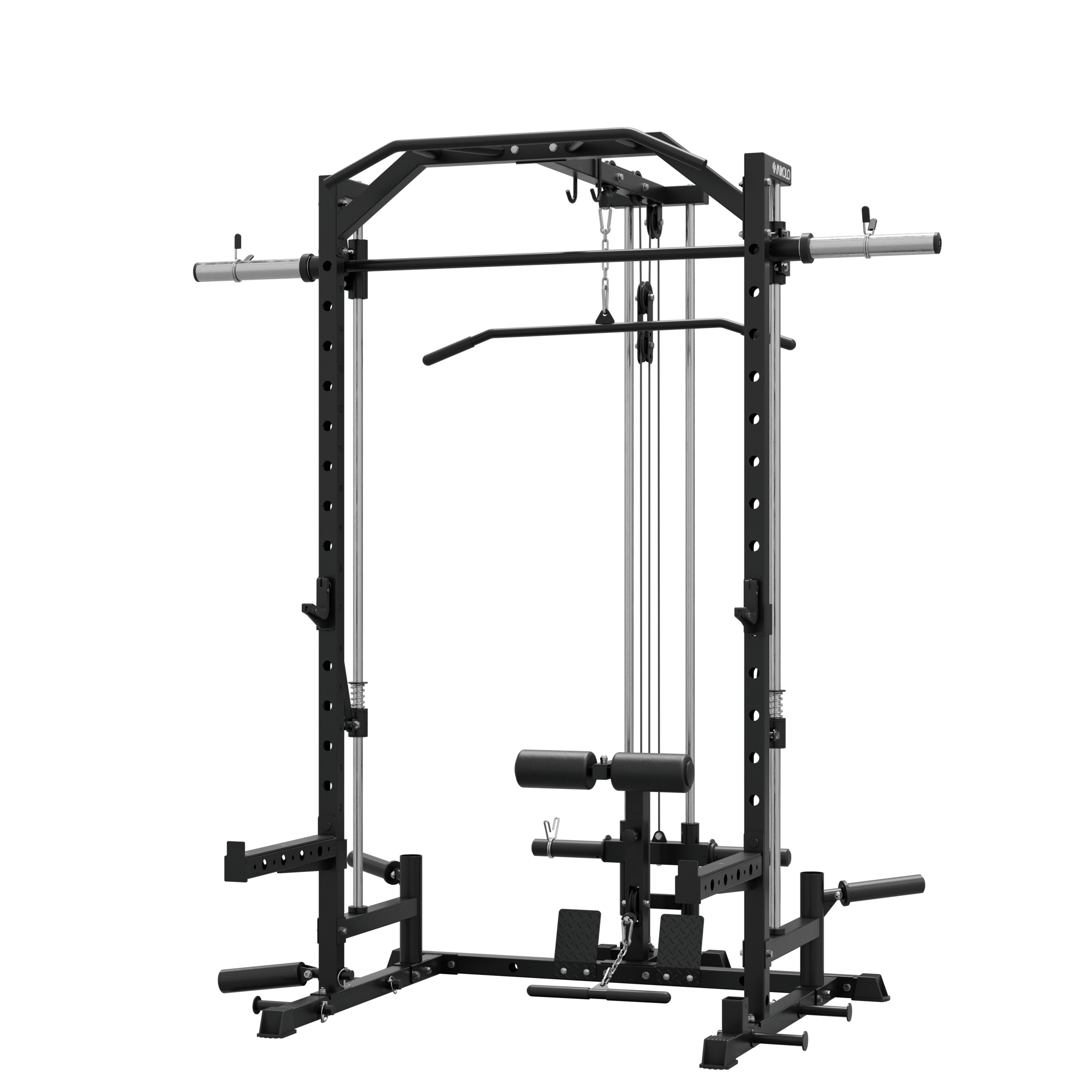
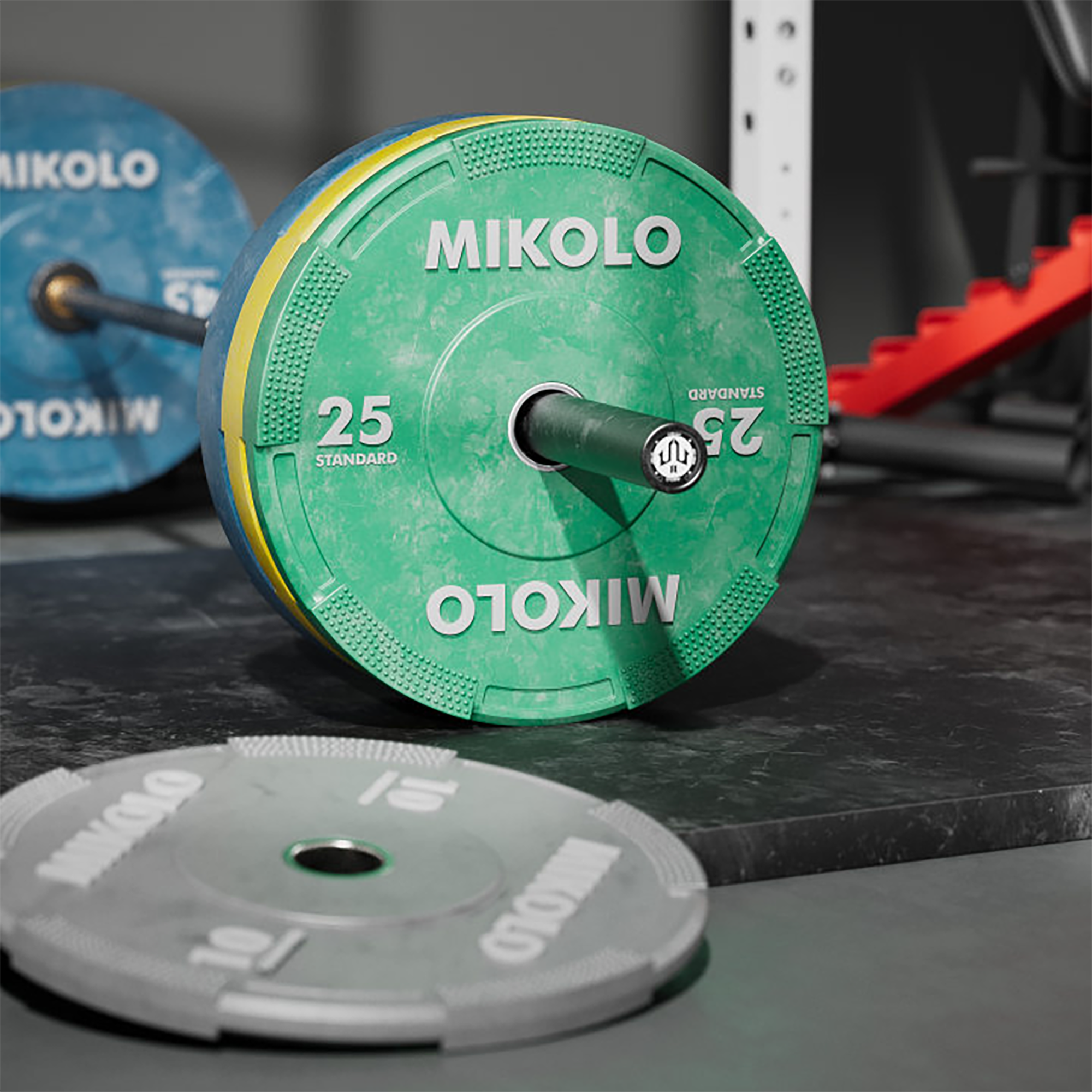


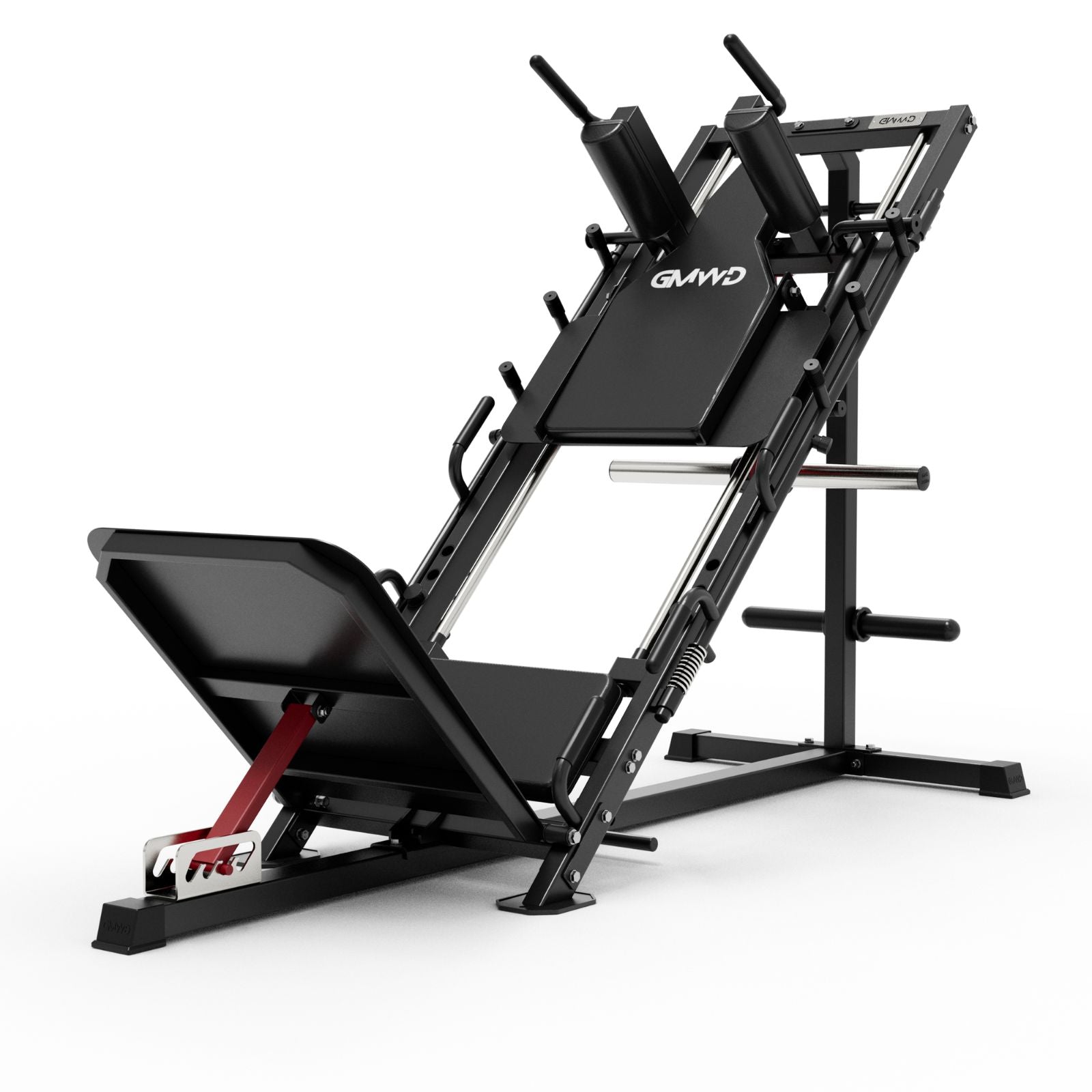


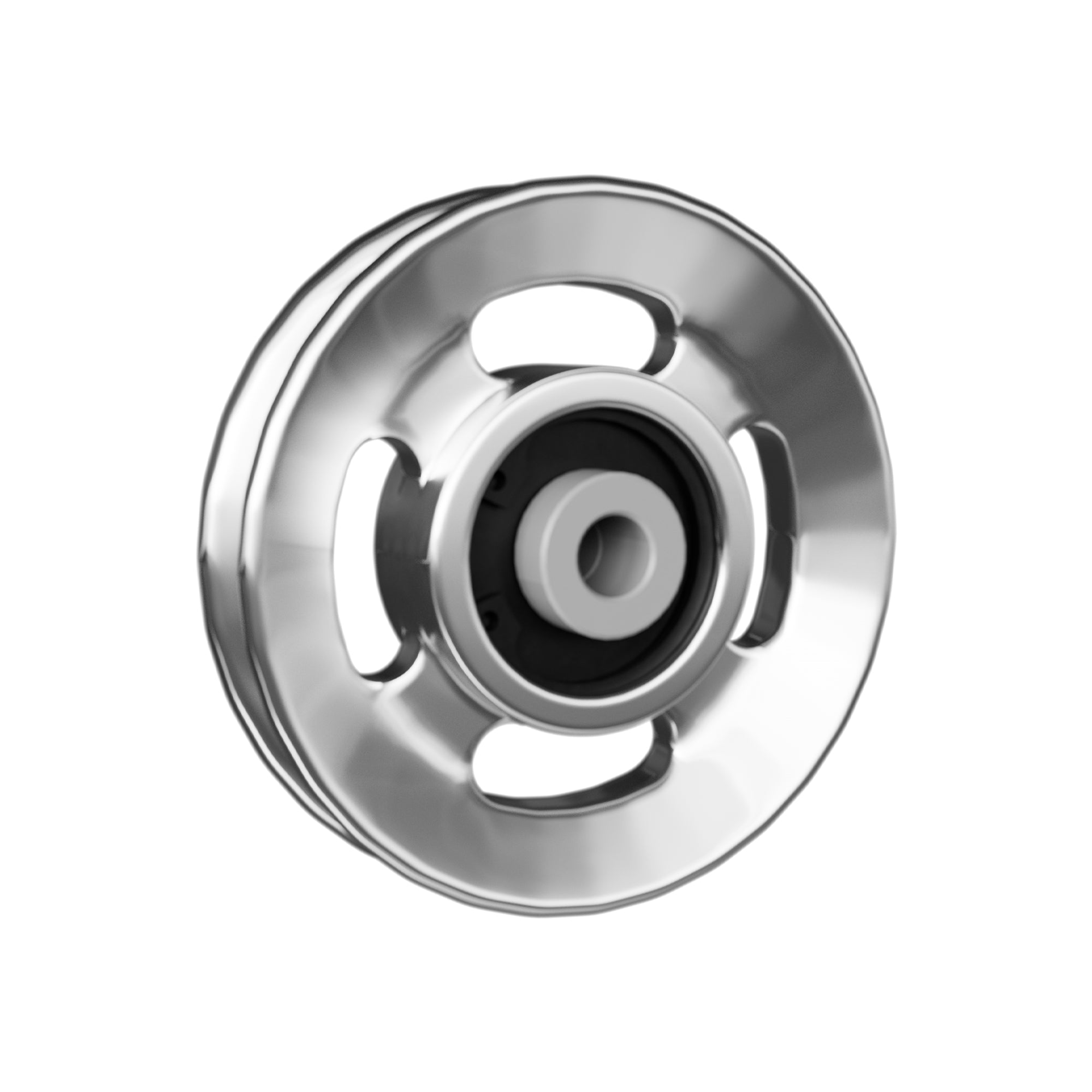
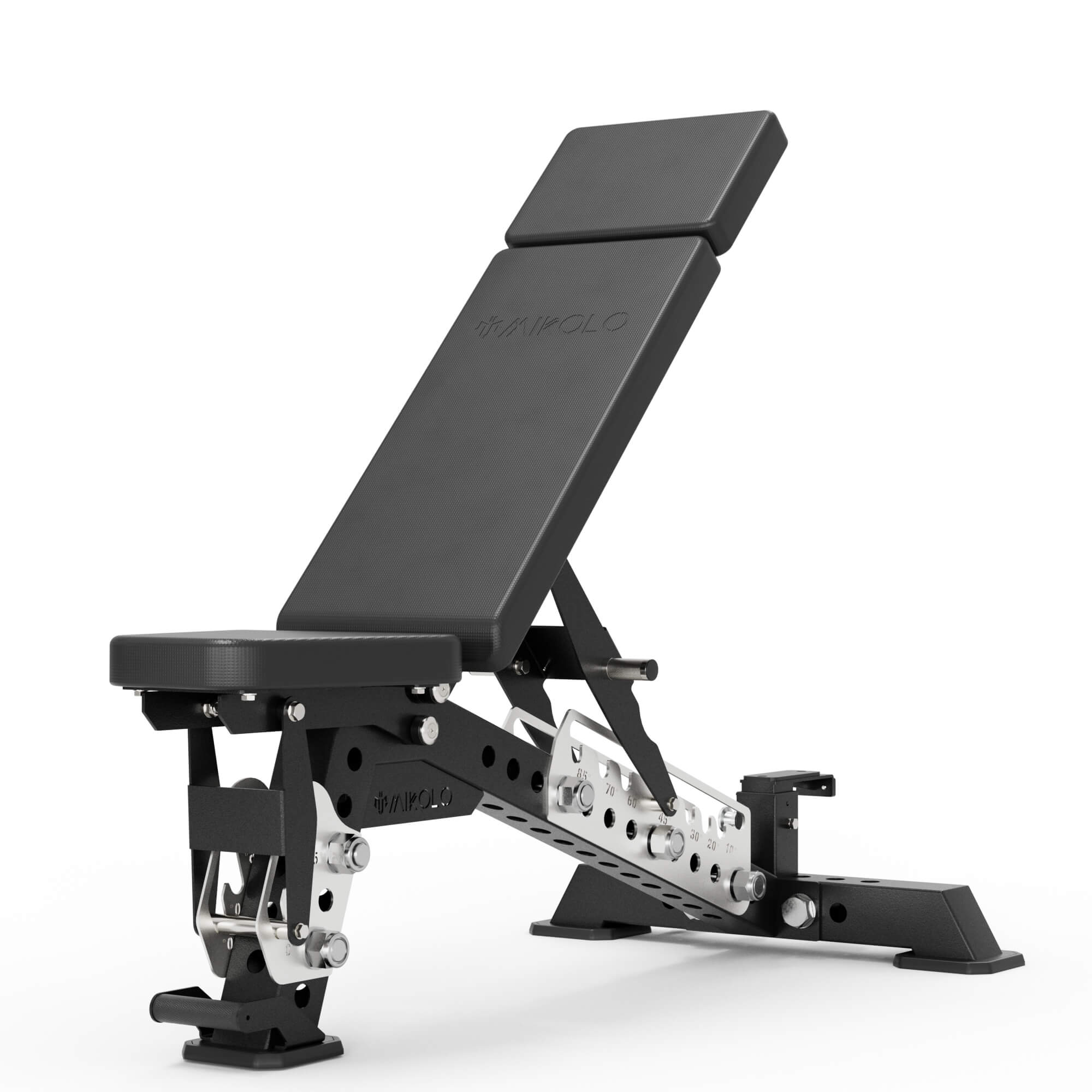
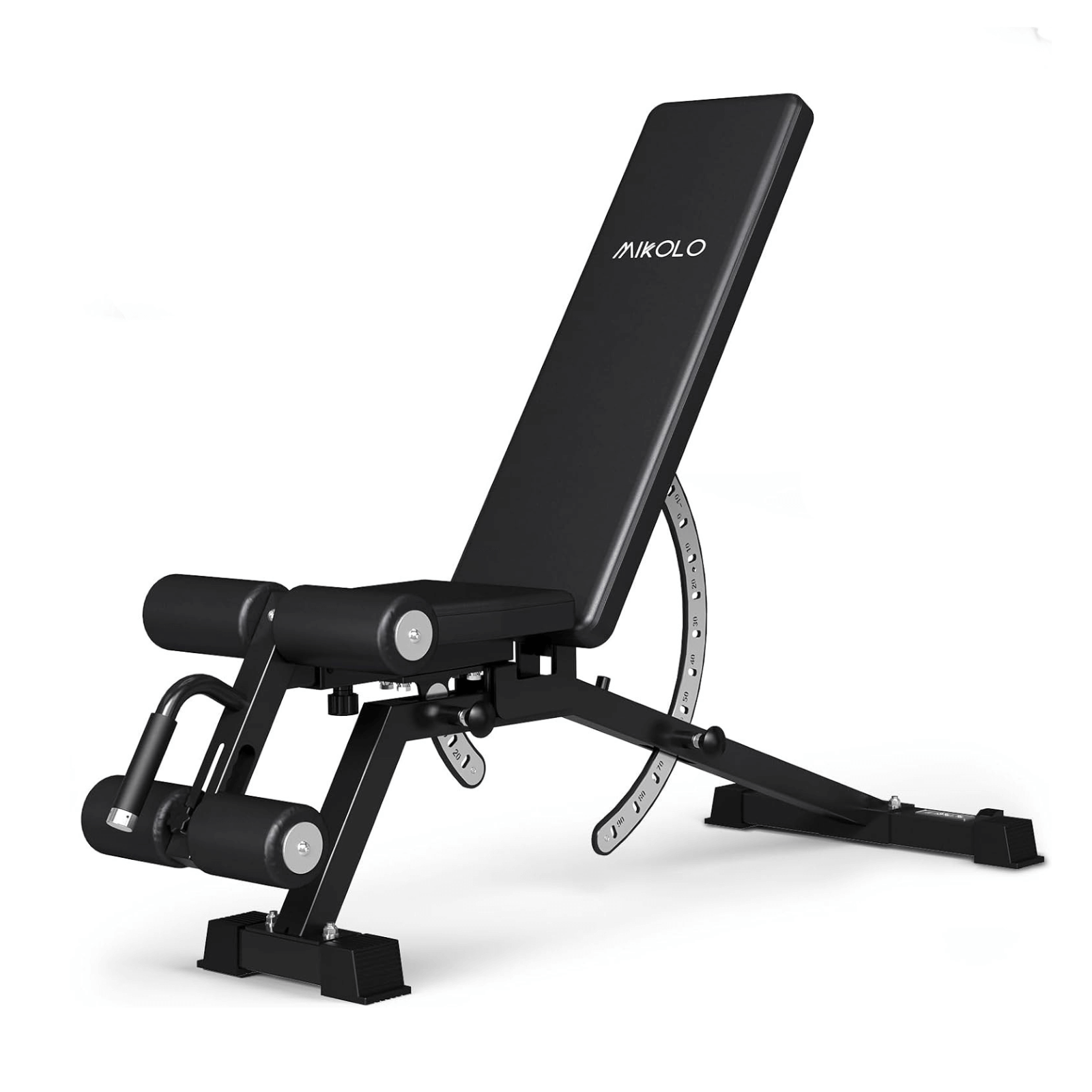

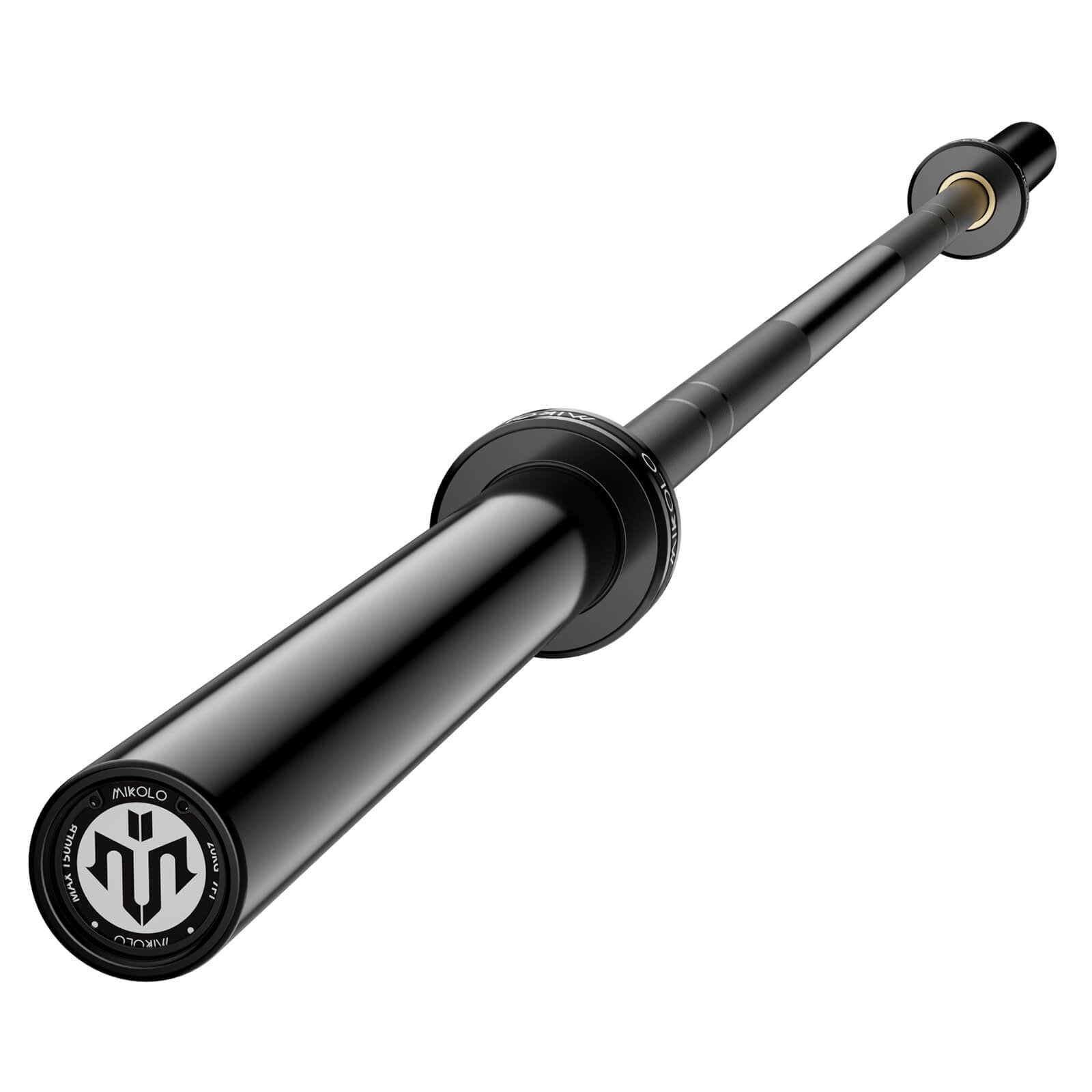
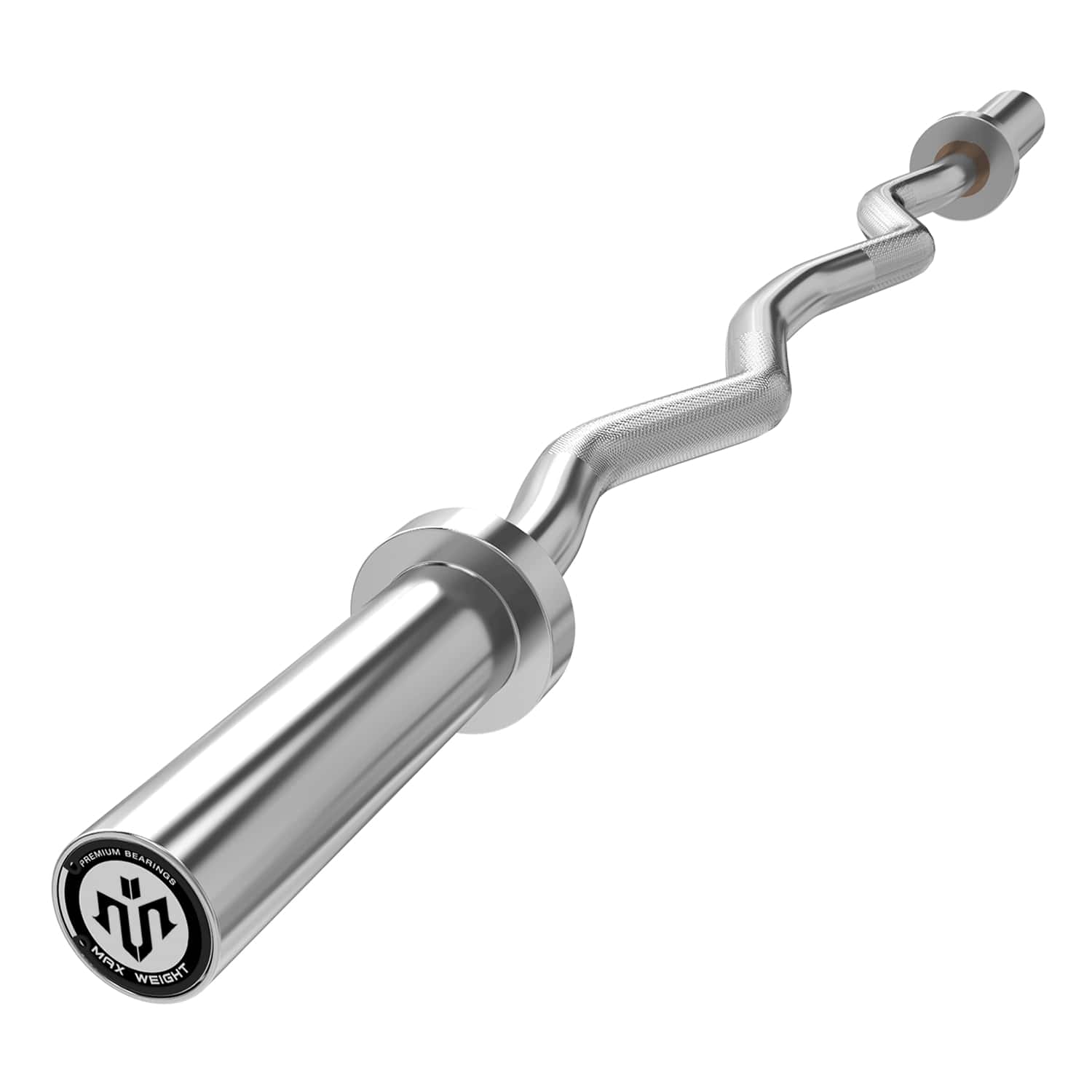
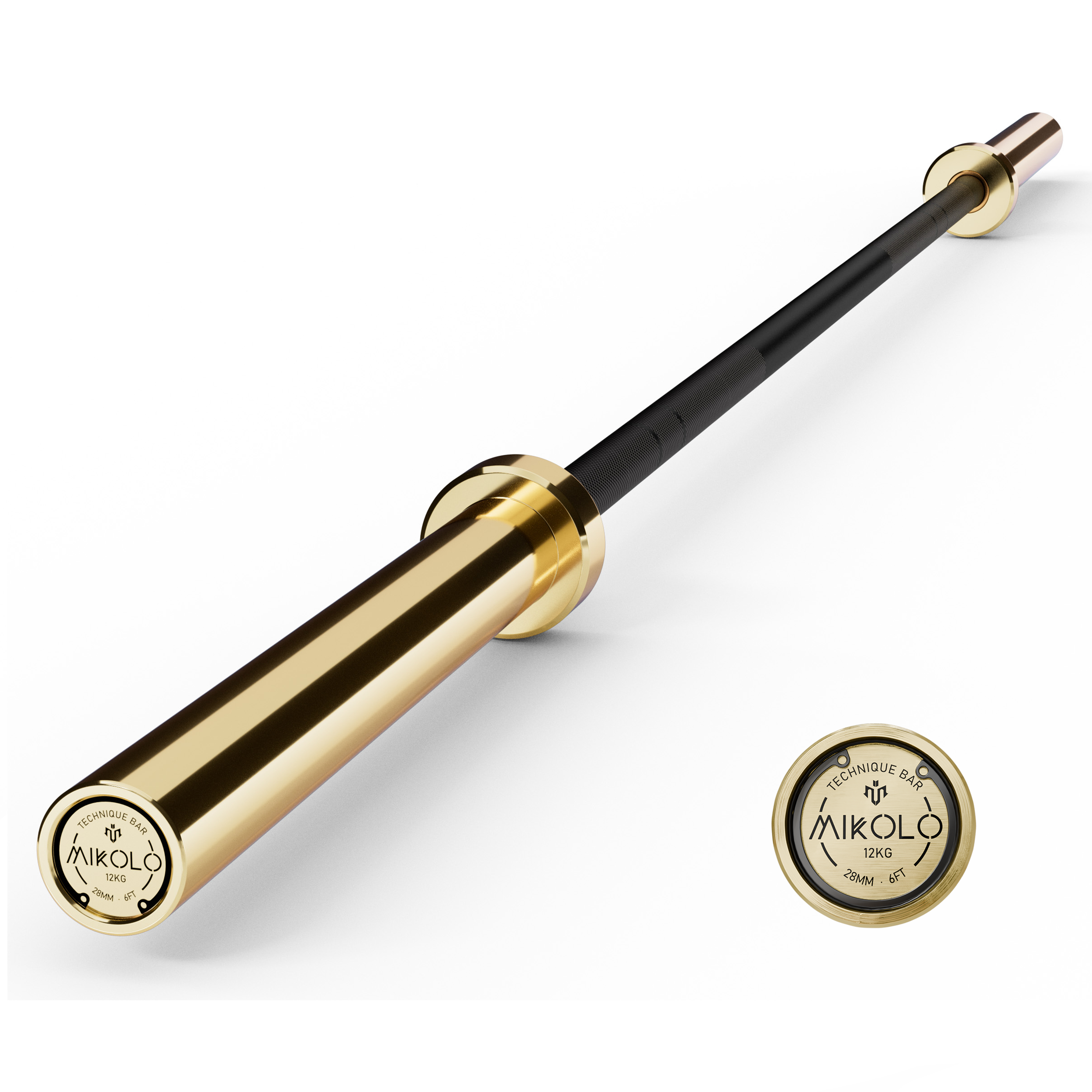
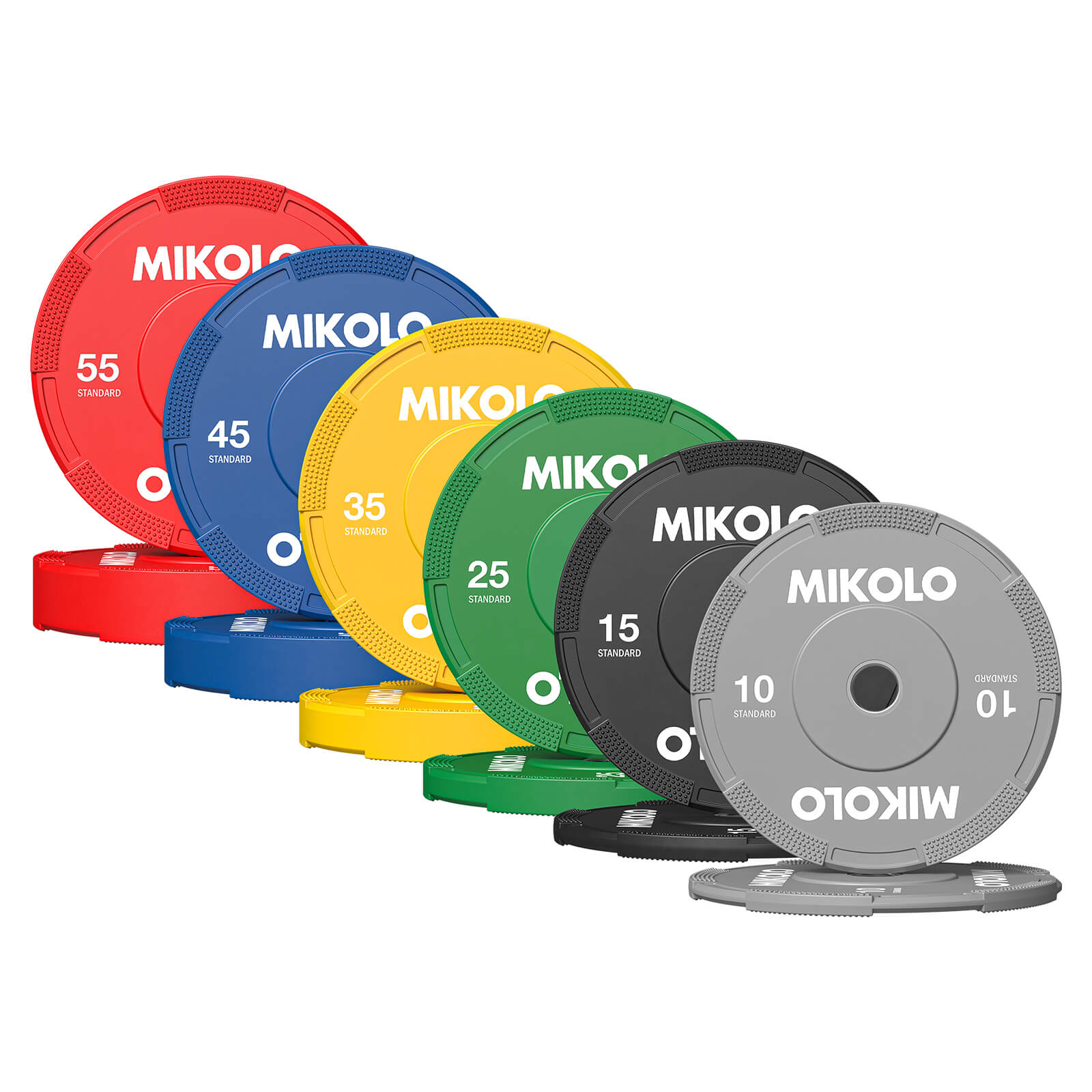
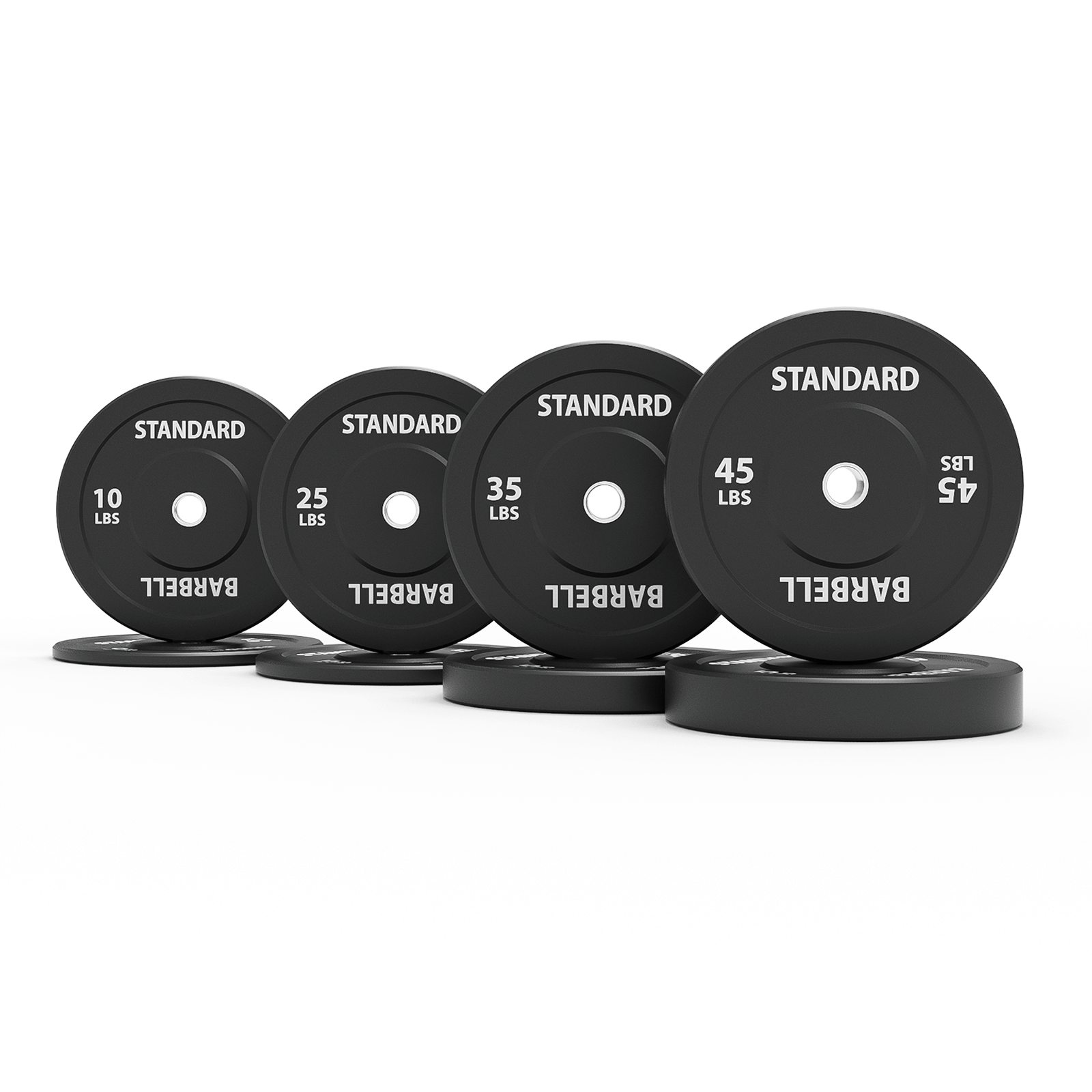


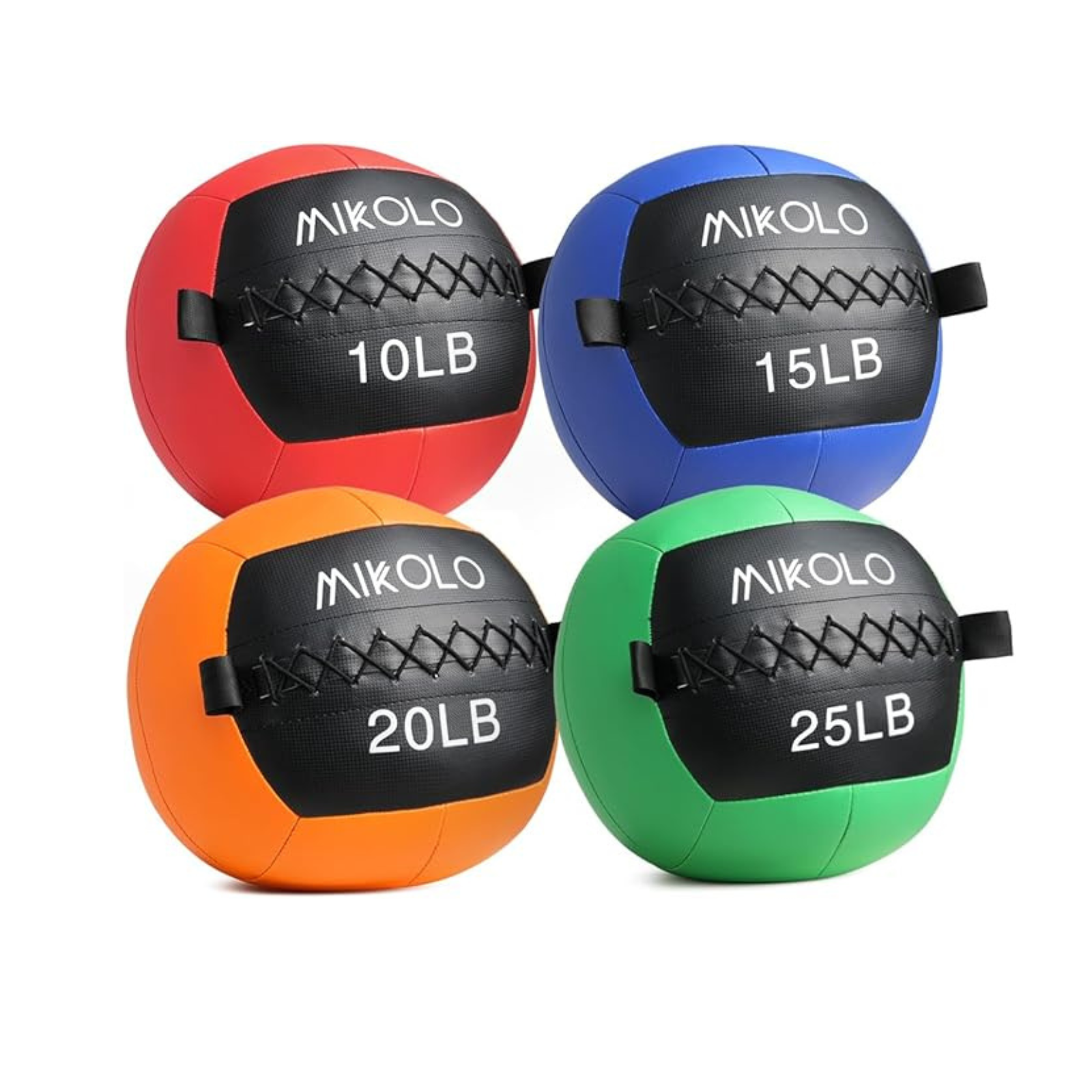
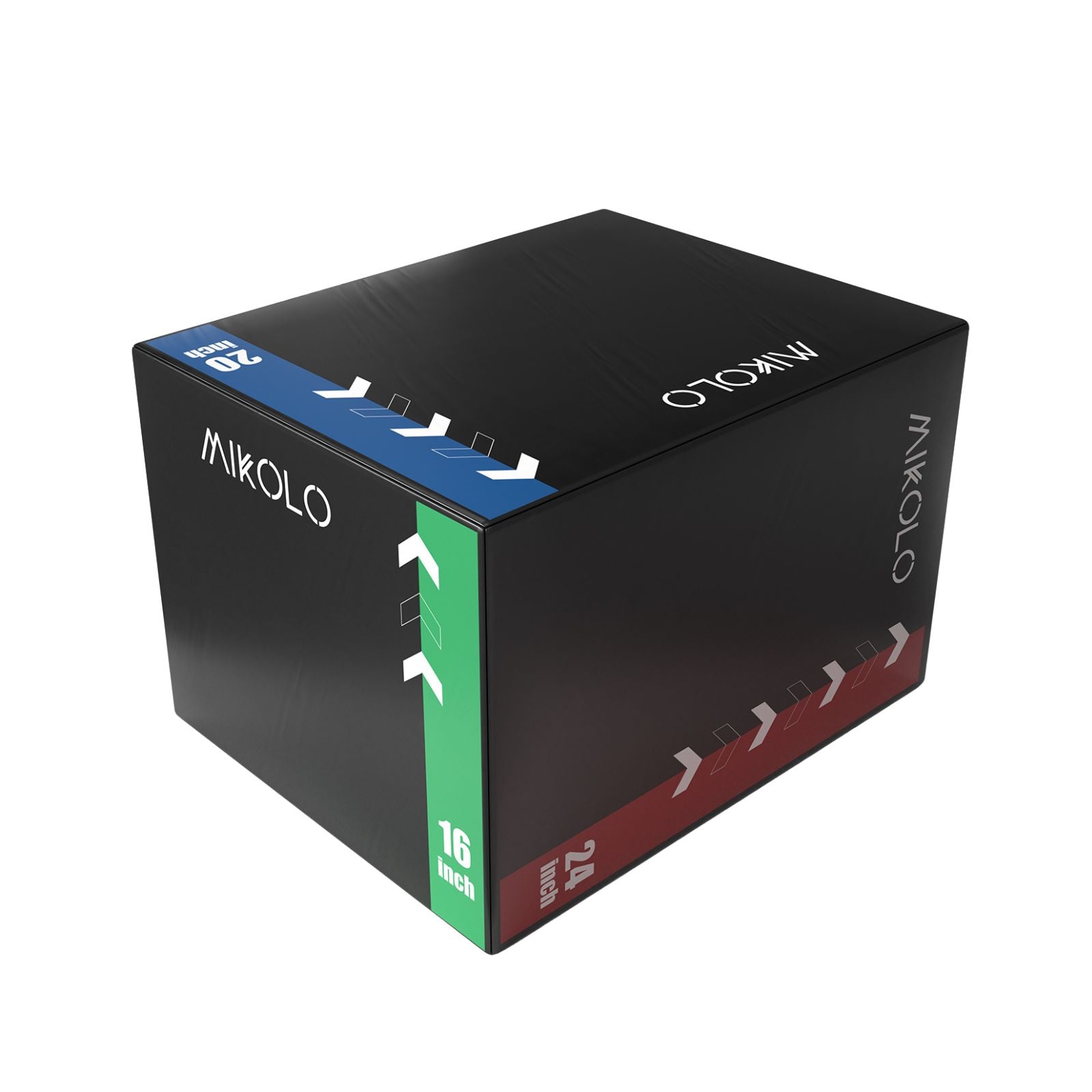
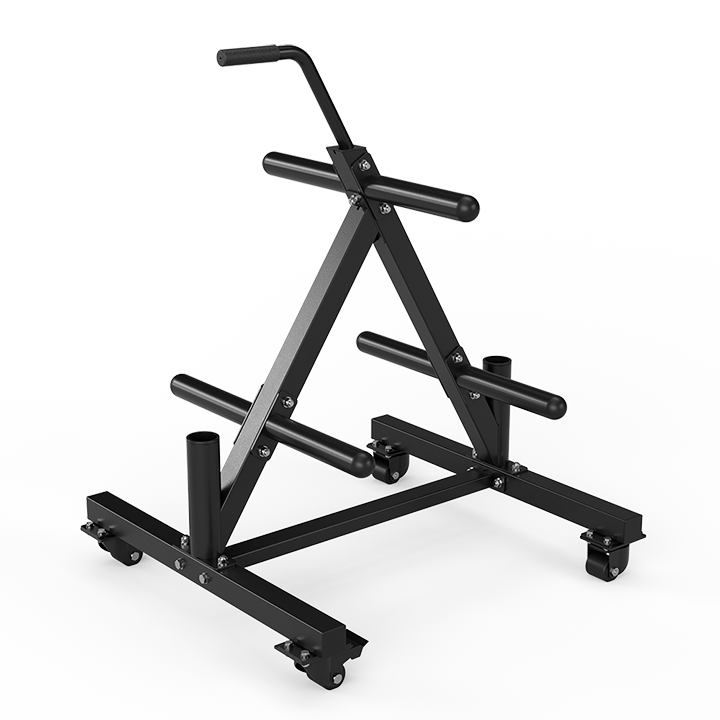
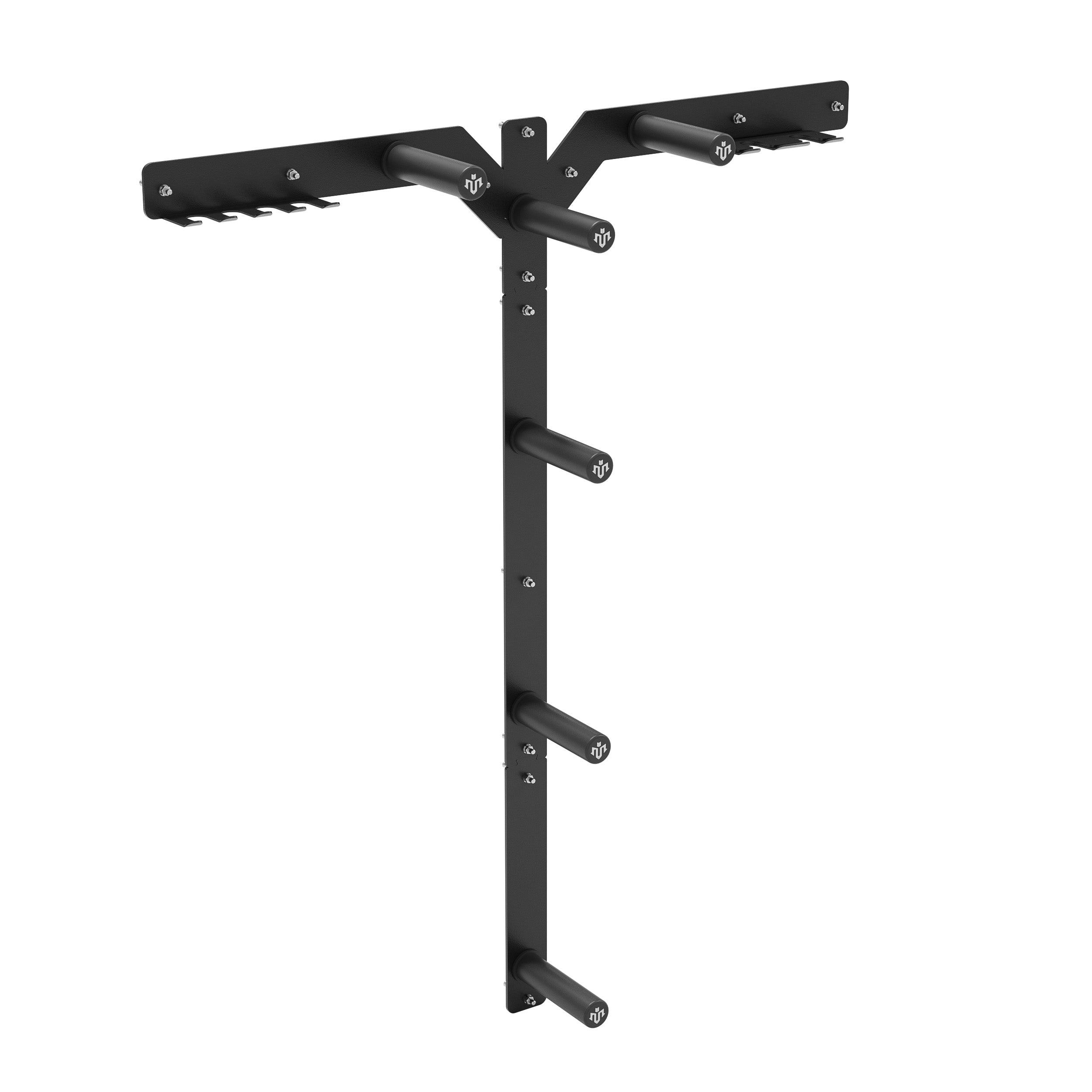




Leave a comment
This site is protected by hCaptcha and the hCaptcha Privacy Policy and Terms of Service apply.